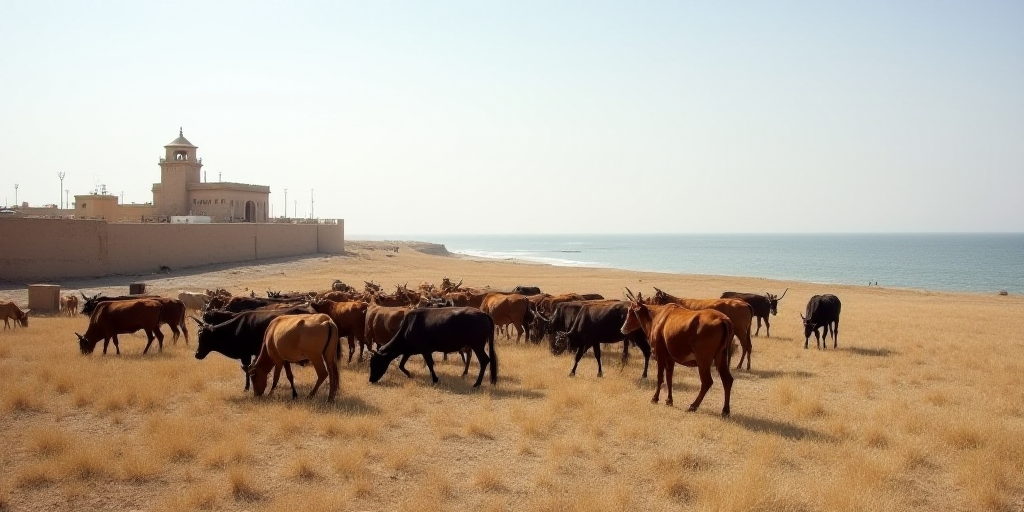Background on Rosendo Anaya Aguilar and His Role
Rosendo Anaya Aguilar, the Secretary of Agropecuary Development (Sedea) in Querétaro, Mexico, has been at the forefront of addressing agricultural challenges in the region. His expertise and leadership are crucial for supporting local farmers and ensuring food security.
Climate Impacts on Queretaro’s Crops
Severe drought conditions during the first quarter of 2023, followed by intense rainfall in recent months, have affected approximately 12,000 hectares of agricultural production in Queretaro. The primary crops impacted include corn, alfalfa, beans, and asparagus.
- Corn: A staple crop in Mexico, corn production has been hampered by both drought and excessive rainfall.
- Alfalfa: This forage crop, essential for livestock feed, has suffered due to the unfavorable weather conditions.
- Beans: Bean production has been affected by the drought and subsequent flooding in some areas.
- Asparagus: Asparagus farming, a significant part of Queretaro’s agricultural sector, has faced challenges due to the extreme weather events.
Impact on Apiculture
Beekeepers have also reported detrimental effects, as climate conditions have impacted the crucial floral stage in their production process.
Government Support for Affected Farmers
To address the damages in the agricultural sector, the Queretaro state government has allocated a 70-million-peso fund for emergency programs.
“We have identified around 12,000 hectares that have experienced some degree of impact so far, based on the reports we’ve received. A contingency fund of approximately 70 million pesos has been set aside to address these emergency programs,” explained Anaya Aguilar.
The affected area may increase as the production cycle concludes, potentially requiring additional state resources to support farmers.
Drought and Rainfall: A Double-Edged Sword
The damaging effects on agricultural lands can be traced back to the severe drought that affected most of Queretaro between April and mid-May, with 17 out of 18 municipalities experiencing moderate drought conditions, according to the Mexico Drought Monitor (MSM).
However, the onset of the rainy season in late May brought relief, allowing Queretaro to enjoy three and a half months without drought from June through September 15.
Despite the improvement, intense rainfall in recent months has also caused issues such as waterlogging and flooding, affecting crop growth.
Anticipated Future Challenges
Anaya Aguilar warned that additional weather-related challenges, such as hail, strong winds, and potential frost, may still impact the agricultural sector in the coming months.
“We are preparing for possible future weather events, including hail, strong winds, and even frost, to ensure we can support farmers effectively,” he stated.
Support for Affected Municipalities
Sedea has already distributed support to farmers in Tequisquiapan, Pedro Escobedo, San Juan del Río, Huimilpan, and Amealco de Bonfil. Anaya Aguilar confirmed that assistance would continue for the rest of the state.
Key Questions and Answers
- What crops were most affected by the climate conditions? Corn, alfalfa, beans, and asparagus were the primary crops impacted by drought and subsequent flooding.
- How much funding has the Queretaro state government allocated to address agricultural challenges? The state has set aside approximately 70 million pesos for emergency programs to support affected farmers.
- What other weather-related challenges might impact Queretaro’s agricultural sector in the coming months? Potential challenges include hail, strong winds, and frost.
- Which municipalities have already received support from Sedea? Tequisquiapan, Pedro Escobedo, San Juan del Río, Huimilpan, and Amealco de Bonfil have received assistance from Sedea.






